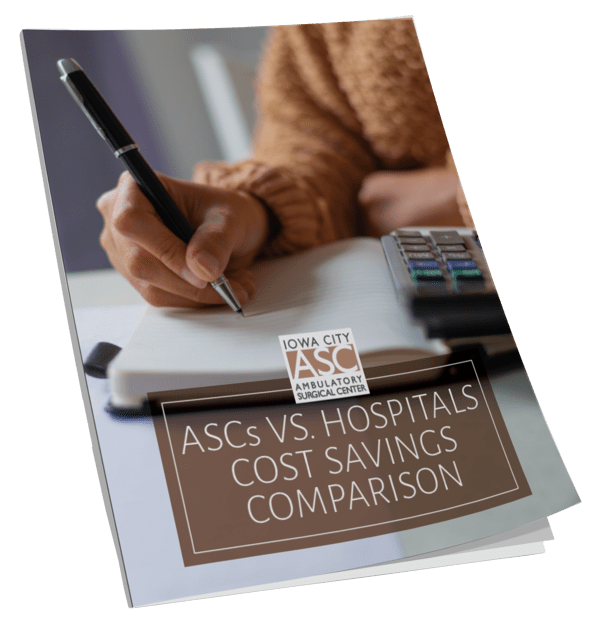TOE FUSION SURGERY
Your toes may become damaged for a wide variety of reasons. Perhaps this damage occurs due to trauma (such as a broken toe) or disease (such as arthritis). Damage to the toe joint can make walking–or even standing–painful and uncomfortable. As a result, your physician may recommend a surgical procedure called toe fusion.
What is toe fusion surgery? Well, this procedure essentially takes three bones in your toe and fuses them together using specially designed metal screws and plates. Typically, this hardware is permanent, as it will encourage your toe bones to fuse and provide additional structure and support after the healing process is finished.
What Happens During Toe Fusion Surgery?
Toe fusion surgery is most often performed as an outpatient procedure. That means patients will not stay overnight in a hospital setting. Instead, the patient will come in for their procedure and return home the same day. For most patients, the bulk of recovery can be done at home.
Toe fusion surgery may be performed under general or local anesthetic, depending on your situation and preferences. During the procedure:
- Your podiatry surgeon will make an incision along the top of your toe.
- The damaged tissue and cartilage will be cleared away and removed.
- The bones of your toe will be fused using screws and small plates.
- The incision will be closed and you’ll be allowed to return home after a short recovery period.
- You may be given a numbing injection even if you are under general anesthesia. This will help control the pain when you wake up.
- How long does toe surgery take? Usually about 60 minutes or so.
Toe fusion surgery is most often used as a way to treat arthritis of the big toe. So in most cases, your big toe will be the most likely site of your surgery. What happens in toe surgery in your specific case will be decided between you and your surgeon.
Toe Fusion Recovery
Once your procedure is complete, you will be given detailed recovery instructions to help you take care of your toe. In general, those instructions will include the following:
- Make sure you have arranged transportation home after your procedure.
- Be sure to wear any surgical garments as directed by your doctor. This may include a sandal or a boot, depending on your procedure.
- Avoid getting your stitches wet. (This might mean avoiding showers for a couple of weeks).
- Stay off your foot! You’ll be given special crutches to help you get around, and it’s vital to your recovery that you use them.
Your toe fusion recovery timeline will look something like this:
- Days 1-2: You’ll be given special medication and instructions to help you manage postoperative pain. Getting around the house, at this point, may still be a bit tricky, so having someone around to help you with day-to-day chores would be beneficial.
- Week 1: You will be given special footwear to use. This footwear may change over the course of your recovery, so make sure you’re following your surgeon’s instructions.
- Week 2-4: At this point, you should be able to put weight on your toe, especially if you’re using a wide surgical shoe. How active you can be will depend on your procedure and how quickly you are healing.
- Week 6: You should be able to support your weight in regular shoes at this point. And you’ll likely be able to return to most normal, daily activities.
Your surgeon will check in with you throughout the recovery process to ensure that everything is healing normally and to keep an eye out for complications. Small-scale swelling may continue for several weeks to several months after your procedure.
Toe Fusion as an Outpatient Procedure
Because toe fusion surgery can be performed on an outpatient basis, it’s possible you’ll be able to skip the hospital all together and have your procedure performed at an ambulatory surgery center, such as the Iowa City Ambulatory Surgery Center.
Talk to your doctor about whether you’re a good fit for toe surgery at ICASC. Once complete, this procedure can help you achieve better mobility and diminish pain you’re feeling due to trauma or disease. You’ll be able to walk better–and with less pain–and get back to your everyday life!
Opt to Have Your Surgical Procedure Performed at an ASC
Our team at Iowa City ASC compiled some helpful stats and figures that highlight the cost savings between hospitals and ASCs. If you are curious about the cost difference between hospitals and ASCs, download our resource and find out how you can save money on your healthcare!







